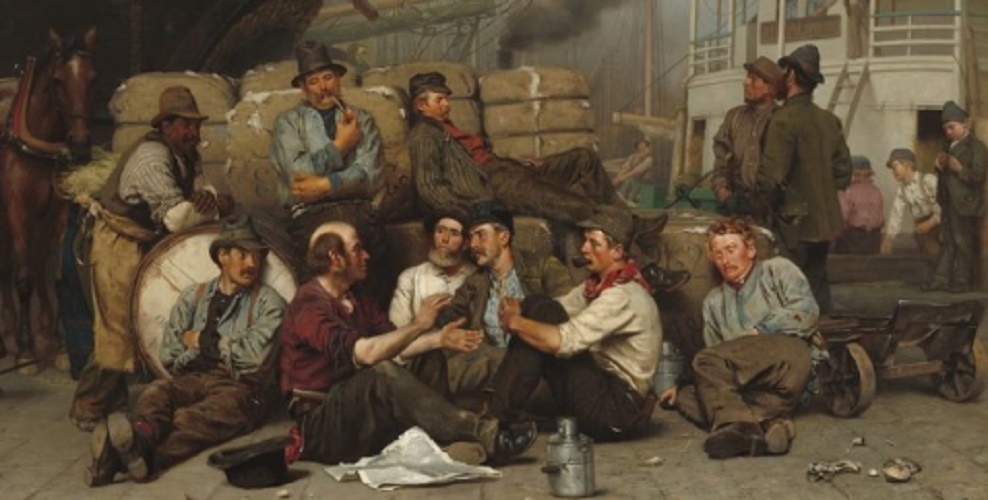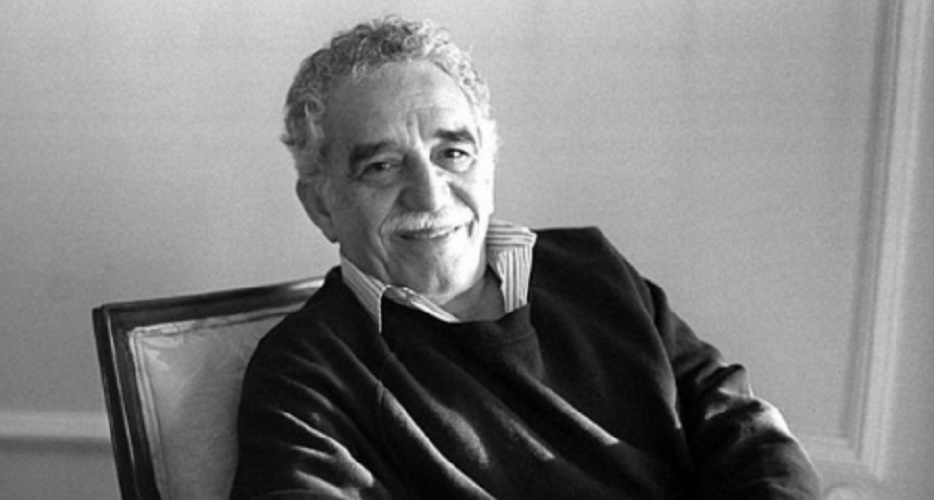What is realism?
We explain what realism is, how is its historical context and its characteristics. In addition, art, literature and the authors of realism.
-
What is realism?
Realism means an aesthetic and artistic tendency, fundamentally literary, pictorial and sculptural, that aspires to the most exact similarity or correlation between the forms of art and representation, and the reality that inspires them. That is, a trend that values the resemblance of a work of art to the real world it represents.
This aesthetic doctrine arose formally in France in the 19th century , under the influence of rationalism and the tradition of the French Enlightenment , which privileged the human intellect and the knowledge of reality over emotions and the subjective world.
However, realistic considerations can be found in the artistic forms of almost every epoch, since prehistory . And in general, realism tends to oppose other forms of art such as abstractionism, neoclassicism, idealism or, in the specific case of literature, the subjective forms of romanticism .
Roughly, realistic art is recognized, whatever its discipline , because it seeks to represent reality in the most likely way possible, preferring everyday situations and discarding the heroic , in favor of issues more attached to the mundane, to the common . In many ways it has been thought of as a way of understanding and criticizing contemporary societies to the artist, which requires, among other things, objectivity.
-
Historical context of realism

Trends towards realism and towards abstractionism or fantasy have often faced each other throughout the history of art. Thus, the emergence and expansion of romanticism between the eighteenth and nineteenth centuries, an opposite movement proposed by the enlightened and rationalist tradition of the France of the time, at the same time drove a contrary reaction, which would reject the sometimes mythological exoticisms they cultivated German and English romantics. This new school would be realism, and its objective would be the search for art in the daily life of the human being , in the class conflicts of the time and the social changes inspired by the French Revolution of 1789.
Thus, the rise of journalism, the theories of Auguste Comte and the evolutionary theory of Darwin were important drivers of faith in human reason and the progress of civilization through scientific advancement. Therefore, realism was much more than a mere aesthetic reaction : it was also the application of positivist philosophy to art, aspiring to make the artist a character committed to the portrait of his culture and his time, to address issues hitherto ignored , without escapist fantasies or reveries.
Thus many realisms were born, such as socialist realism, committed to the revolutionary political cause and the social novel; or the kitchen sink realism, a slope that wanted to investigate the dirtiest, ugliest and most common reality .
-
Characteristics of realism
Realistic art proposes a look centered on human beings and their daily existence, with their backs to mythological, religious, fantastic and dreamlike themes , preferring instead social and political denunciation. This led to pictorial techniques that aspired to objectivity: the almost photographic reproduction of the observed, or the long and detailed literary descriptions that sought to exhaust the observable through words.
The characters and favorite scenes of realism were always the most mundane, usually starring the flat people , when not by the dispossessed classes, which were represented in their greatest fidelity, assuming art as a vehicle to capture the real life of those of below: the peasantry, the nascent working classes , etc.
Much of what realism was in painting, served for the later emergence of impressionism , and its principles were taken even further by the coming naturalism, in its many meanings and aspects.
-
Art in realism

The photograph and made his first appearances when realism became the dominant school, so one way or another aspired to accuracy, objectivity and level of detail in the art that have never before been possible, thanks to innovations scientific, and that in the case of painting and sculpture, then resulted in the hyperrealism of the twentieth century .
Moving away from romantic motives, realistic art pointed to a local, traditional perspective, which also coincided with the emergence of numerous nationalist movements in nineteenth-century Europe. Obviously, his paintings are always figurative, far from abstraction , and his motives are always explainable in secular, almost scientific terms.
-
Literary realism

For its part, literary realism pointed to less ideal and more truthful writing models , which moved away from the authors’ sensibility and imagination, to commit themselves to observing the world around them, in their social, economic and political details . The aim was for a writer to study society as a doctor would do to the human body.
As for the forms, realism privileged the simple, direct, sober style , which opened spaces for the reproduction of people’s daily speech and for long and sharp descriptions of objects, environments and characters. This resulted in long paragraphs with many subordinate sentences, as well as in an “invisible” language that did not have many turns, metaphorizations or eccentricities, because the important thing was not the author, but the reality described.
Finally, in the narrative an omniscient narrator was always preferred , able to explain to the last detail why what was happening and to instruct the reader in the social and economic issues that involve his story. This also led to the emergence of archetypal characters, when not stereotypical, who ended up being so similar: the young prostitute, the worker communist, the homeless, etc.
-
Authors and representatives of realism
Some important representatives of this trend in the various artistic disciplines are:
- Painting . The French Gustave Courbet (1819-1877), Thomas Couture (1815-1879), Jean-Francois Millet (1814-1875), Jules Breton (1827-1906), as well as many other representatives from England, Germany, Italy and the United States mainly.
- Sculpture . The French Auguste Rodin (1840-1917), Honoré Daumier (1808-1879) and Jean-Baptiste Carpeaux (1827-1875), as well as the Belgian Constantin Meunier (1831-1905) and the Italian Medardo Rosso (1858-1928).
- Literature . The French Honoré de Balzac (1799-1850), Stendhal (1783-1842) and Gustave Flaubert (1821-1880); the English Charles Dickens (1812-1870); the Spanish Benito Pérez Galdós (1843-1920) and the Russians Fiódor Dostoievski (1821-1881), founder of the psychological novel, and León Tolstoy (1828-1910).
-
Magical realism

Magical realism is a 20th-century Spanish-American literary school , whose main exponent is the Colombian author Gabriel García Márquez, winner of the Nobel Prize for Literature. This trend bets on the realistic representation of strange and wonderful events, which nevertheless produce little or no surprise in the fictional universe of the work. That is, it is about the daily and objective approach to fantastic events.
This aspect of realism also involves a political stance on the reality of the Latin American peoples , initially formulated by the Cuban Alejo Carpentier (who called him “wonderful real”) and by the Venezuelan Arturo Úslar Pietri (already as “magical realism”), in that the Latin American continent plays the role of reservoir of magic and the exotic within a rationalist and scientific western hemisphere.





